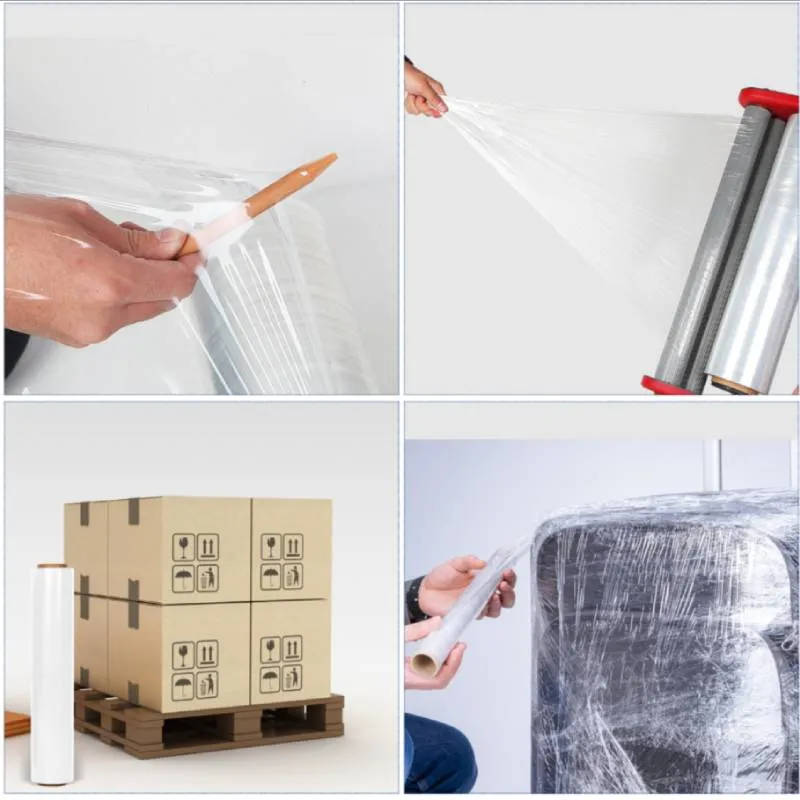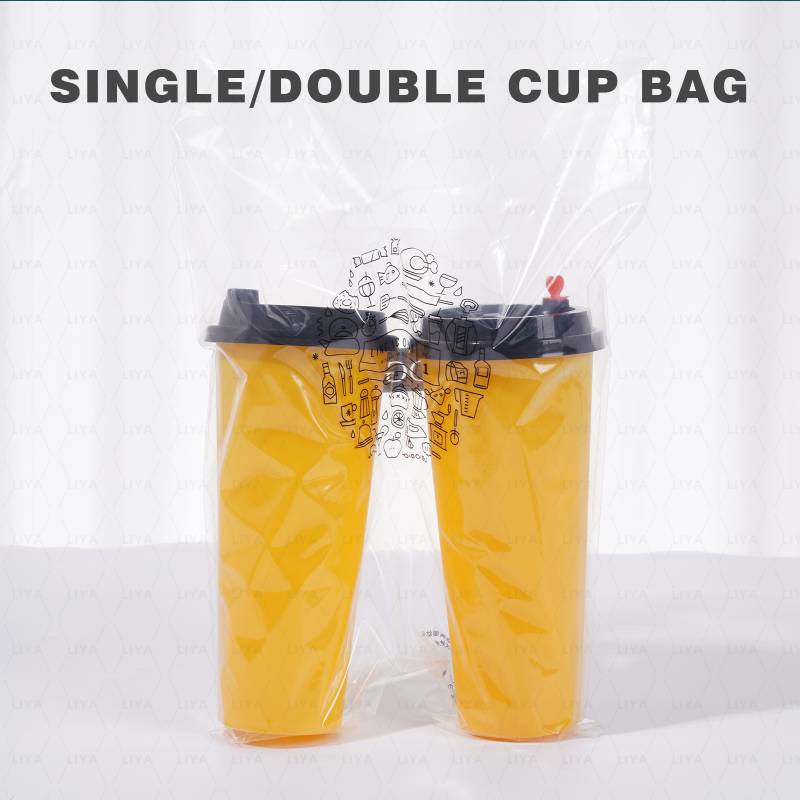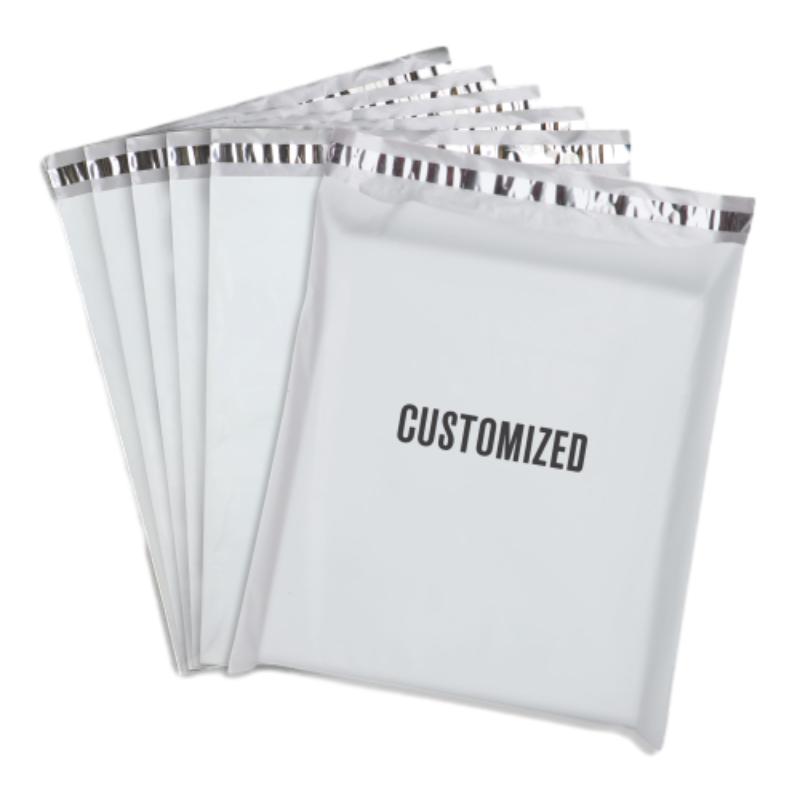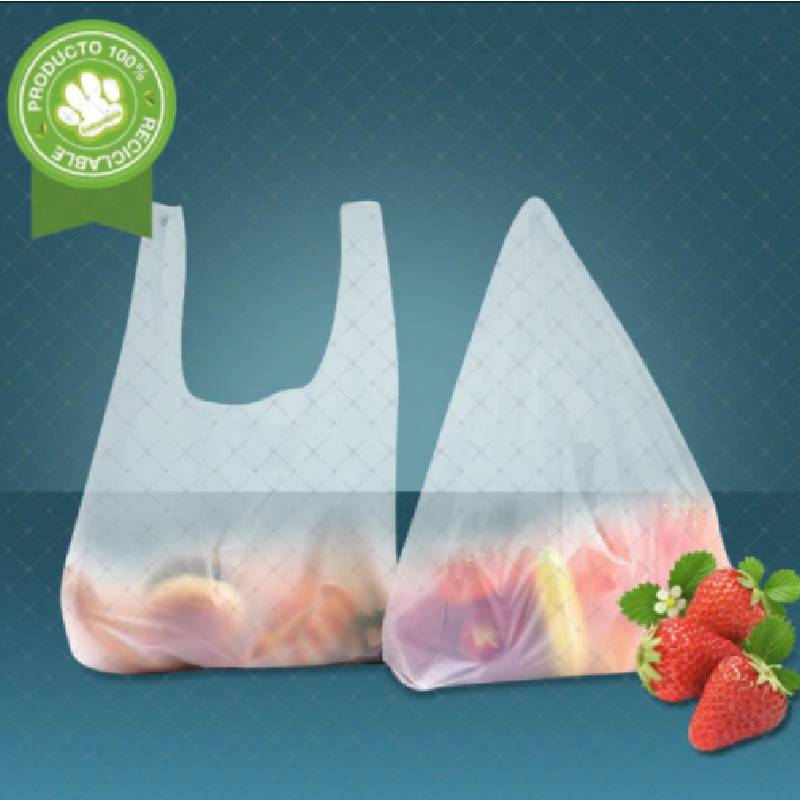Durable Paper Soup Cups with Lids - Eco-Friendly & Leak-Proof Soup Containers
- Introduction to Paper Soup Cups and Market Trends
- Technical Advantages of Modern Paper Soup Cups
- Paper Soup Cups vs. Other Food Packaging Options
- Comparative Analysis of Leading Manufacturers
- Customization Solutions for Diverse Food Service Needs
- Real-World Applications and Success Stories
- Conclusion: Selecting the Ideal Paper Soup Cups with Lids

(paper soup cups)
Introduction to Paper Soup Cups: Industry Overview and Demand Surge
The global demand for paper soup cups
has seen unprecedented growth in recent years, largely driven by the mounting emphasis on sustainable packaging and the phenomenal rise of food delivery services. According to research by Smithers, the global market for paper-based foodservice packaging is projected to reach $71.3 billion by 2028, propelled by consumer eco-awareness and regulatory pressure. Food businesses, from local delis to multinational chains, are rapidly transitioning from plastic to paper-based options due to their biodegradability and ease of recycling. This transformation is strongly echoing in the soup-serving segment. The adoption of paper soup cups with lids is also fueled by practical concerns—retaining temperature, preventing leaks, and supporting portion control. Modern paper cup soup solutions are versatile, accommodating everything from hot chowders to cold gazpacho, and serve both dine-in and takeaway scenarios efficiently.
Technical Advantages of Modern Paper Soup Cups
Unlike conventional paper containers, next-generation paper soup cups are engineered for heat resistance, liquid barrier integrity, and extended durability. Constructed from advanced, food-grade virgin pulp, these cups often include a thin polyethylene or plant-based PLA lining, ensuring impermeability even for prolonged periods. Laboratory tests reveal they can sustain temperatures up to 95°C (203°F) without deformation or seepage. Integrated high-density lids, either flat or dome-shaped, further enhance spillage protection and stackability in catering operations. Additionally, advances in digital and flexographic printing allow for vivid brand customization without compromising food safety standards. Paper cup soup containers now routinely comply with FDA, EU, and China NMPA food contact regulations, meeting restaurant and consumer expectations worldwide.
Paper Soup Cups vs. Other Food Packaging Options
The choice of packaging material is pivotal to both operational efficiency and sustainability goals. Below is a comparative data table showcasing how paper soup cups measure up against plastic and foam alternatives:
| Feature | Paper Soup Cups | Plastic Soup Containers | Foam Cups |
|---|---|---|---|
| Heat Resistance (°C) | Up to 95°C | Up to 110°C | Up to 70°C |
| Environmental Impact | Biodegradable, recyclable | Non-biodegradable, recycling limited | Non-biodegradable, unrecyclable |
| Barrier Properties | Excellent (with PLA/PE lining) | Excellent | Moderate |
| Customization | Full-color printing, eco-friendly inks | Limited | Minimal |
| Cost (per 16oz cup with lid, USD) | $0.09 - $0.13 | $0.10 - $0.14 | $0.07 - $0.11 |
While plastic containers offer superior temperature thresholds, paper soup cups outperform in the sustainability domain without sacrificing barrier performance or branding potential. Foam, though cost-effective, is widely phased out due to environmental restrictions.
Comparative Analysis of Leading Manufacturers
Selecting the right supplier is crucial for consistent product quality and supply continuity. Below, leading paper soup cup manufacturers are compared based on capacity, compliance, and innovation:
| Manufacturer | Production Capacity (Million Units/Year) | Quality Certifications | Custom Branding | Eco-Friendly Materials | Lead Time (Avg.) |
|---|---|---|---|---|---|
| Dart Container Corp. | 3200 | ISO 9001, BRC | Yes | Partial | 14-21 days |
| Huhtamaki | 2100 | ISO 22000, FSC | Yes | Yes | 10-15 days |
| Georgia-Pacific | 1800 | FDA, ISO 9001 | Yes | Partial | 12-18 days |
| Eco-Products Inc. | 980 | BPI, Compostable | Yes | Yes (PLA lining) | 18-25 days |
Market leaders like Huhtamaki and Eco-Products are frontrunners in integrating sustainable raw materials without compromising on print clarity or food safety. Businesses prioritizing low minimum orders and rapid prototyping often favor these suppliers. Dart and Georgia-Pacific, meanwhile, excel in mass production and U.S. distribution, making them ideal for high-volume, cost-driven operations.
Customization Solutions for Diverse Food Service Needs
As foodservice branding evolves, paper soup cups have become marketing canvases as much as functional containers. Modern factories offer a plethora of customization options: embossing, full-bleed digital prints, and even glow-in-the-dark varnishes for special campaigns. Sizes now range from petite 8oz servings for side dishes to hearty 32oz offerings for family-style soup delivery. In addition, specialized double-walled constructions target premium segments, offering superior insulation for gourmet or spicy soups. Some manufacturers offer tamper-evident lids, reassuring consumers in the age of contactless delivery. Importantly, these customizations are increasingly executed with water-based inks and renewable energy, reflecting the sector’s green trajectory. This balance of visual appeal, operational efficiency, and sustainability can dramatically increase brand loyalty and repeat orders in today’s competitive landscape.
Real-World Applications and Success Stories
Transformative adoption of paper soup cups is evident across sectors. A leading fast-casual soup chain reported a 17% increase in customer satisfaction scores and a 22% reduction in spillage-related incidents after switching to compostable cups and lids. In another case, a meal prep startup leveraged fully branded, biodegradable paper cup soup packaging, resulting in positive social media engagement rates up by 46% quarter-on-quarter. Hospitals and school cafeterias are now utilizing insulated paper soup cups with lids for nutritional programs, enabling easy portioning and hygienic meal delivery. Universities have also shifted bulk dining operations to large-format paper soup cups, reducing annual polystyrene waste by 14 tons. These outcomes underline the broad applicability and quantifiable benefits achievable through strategic packaging innovation.
Conclusion: Selecting the Ideal Paper Soup Cups with Lids
As the foodservice industry continues to evolve around convenience, sustainability, and consumer safety, selecting the right paper soup cups with lids becomes a defining operational choice. The latest product lines combine performance, environmental credentials, and rich branding opportunities, supported by a network of global manufacturers. By weighing technical properties, supplier capabilities, and tailored customization, businesses can deliver a superior customer experience while meeting regulatory and ecological demands. In this landscape, paper soup cups are no longer mere vessels, but strategic assets in the race for customer loyalty and market distinction.

(paper soup cups)
FAQS on paper soup cups
Q: What are paper soup cups?
A: Paper soup cups are disposable containers made from paper, designed for serving hot soups. They are often lined to prevent leaks. They are perfect for takeout or to-go orders.Q: Do paper soup cups come with lids?
A: Yes, many paper soup cups come with matching lids for secure transport. Lids help keep the soup hot and prevent spills. You can purchase sets of paper soup cups with lids easily.Q: Are paper soup cups safe for hot soup?
A: Absolutely, paper soup cups are made to handle hot liquids like soup. The special lining inside prevents leaks and maintains the cup’s integrity. They remain sturdy and safe for both hot and cold contents.Q: Can I use paper soup cups for other foods?
A: Yes, paper soup cups can hold other foods such as noodles, ice cream, or salads. Their versatile design makes them ideal for a variety of dishes. Just make sure the temperature and consistency fit the cup’s capacity.Q: Where can I buy paper soup cups with lids?
A: You can find paper soup cups with lids at restaurant supply stores and online retailers. Many e-commerce sites offer bulk deals for businesses. Check product s to ensure lids are included.-
The Best Uses for Small Trash Bags in Daily LifeNewsJul.01,2025
-
Stylish Reusable Grocery Bags TrendsNewsJul.01,2025
-
Shipping Advantages of Using Bubble Envelopes BulkNewsJul.01,2025
-
How Compostable Mailing Bags Reduce Environmental ImpactNewsJul.01,2025
-
Environmentally - Friendly Bulk Poly MailersNewsJul.01,2025
-
Eco Friendly Custom Laminated Tote BagsNewsJul.01,2025
-
Have the freedom of customizing your custom mailers any way you want! Our dedicated packaging support will help deliver you the mailing experience you need to elevate your shipping experience to the next level! Start making a strong impression on your customers and stand out from your competitors! -
LIYA uses high quality raw materials which directly purchased from large enterprises domestic and overseas such as PetroChina, Sinopec, Sabic, Equate, ExxonMobil, Dow Chemical, Total, and Borouge, ensuring the price advantage and quality of the raw materials. -
LIYA uses high quality raw materials which directly purchased from large enterprises domestic and overseas such as PetroChina, Sinopec, Sabic, Equate, ExxonMobil, Dow Chemical, Total, and Borouge, ensuring the price advantage and quality of the raw materials.





